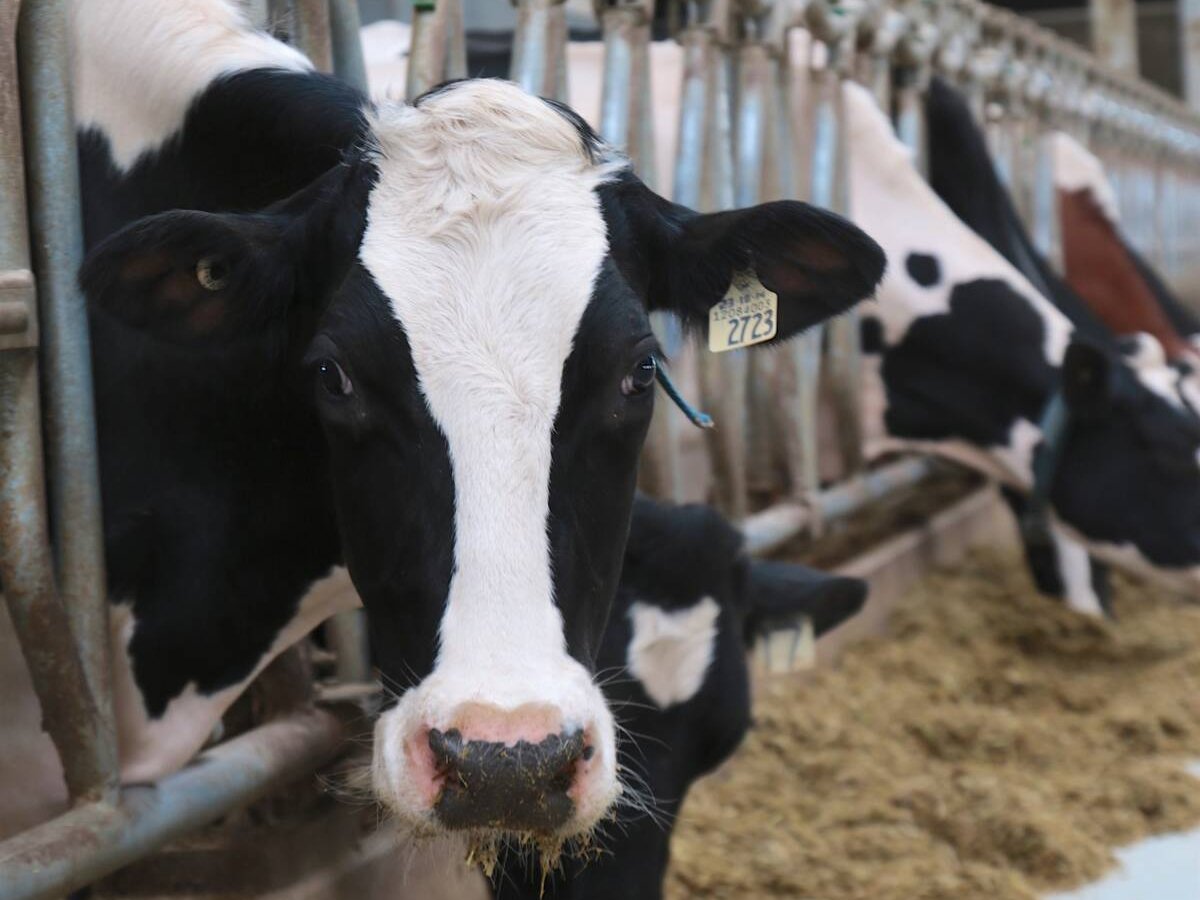OTTAWA (Staff) – The Canadian Dairy Commission found itself awash in controversy last week after it announced industrial milk prices will rise to compensate dairy farmers for falling federal subsidies and higher costs.
The president of the lobby for dairy processors accused the federal dairy regulator of being devious in its announcement.
“My view is that the way the announcement was made was a deliberate attempt to mislead,” said Kempton Matte, president of the National Dairy Council of Canada. “By announcing what looks like a smaller increase, it puts processors in the difficult position of having to raise prices more than people expect. We have to pass those costs on.”
Read Also

The Organization for Economic Co-operation and Development lauds Canada’s low farm subsidies, criticizes supply management
The Organization for Economic Co-operation and Development lauded Canada’s low farm subsidies, criticized supply management in its global survey of farm support programs.
Industrial milk is sold to processors for use in making other products. The price of table milk is set provincially and is not affected.
Consumers’ spokesperson Honey Forbes of Westlock, Alta. blasted the Canadian Dairy Commission for not considering consumer interests.
Forbes represented the Consumers Association of Canada in pre-announcement consultations with the dairy commission.
Meanwhile, Dairy Farmers of Canada, the dairy farmers’ lobby, issued a statement justifying the higher consumer prices and provided figures showing dairy product prices have risen more slowly than many other product prices during the past decade, and remain a bargain.
The uproar started after the dairy commission announced price increases to take effect Aug. 1.
The commission said price increases were needed to offset higher farmer costs and to make consumers pay for the government decision to begin phasing out the dairy subsidy. On Aug. 1, the subsidy fell to $3.80 per hectolitre from $4.62, on the way to zero by 2001.
Commission chair Gilles PrŽgent said the result could be “modest” dairy product price increases.
Dairy Farmers issued a statement which talked of a 1.9 percent increase in producer returns.
This did not account for the fact that consumers will be told to pick up the full cost of the subsidy reduction.
A note from the commission to processors laid out the full cost increases more clearly. They total $2.31 per hectolitre of industrial milk, or a 4.3 percent increase.
Actual increase
Processor and consumer representatives said those higher milk prices will translate into dairy product increases of four or five percent.
Processor spokesperson Matte said the dairy commission should have been more clear in its public announcement and less willing to pass on full costs to consumers.
“I was just astounded at the lack of openness,” he said. “The public was misled. I also question whether with the soft economy, it really can absorb increases so much higher than inflation.”
He noted there will be further subsidy reductions for the next four years. “Do we face this same thing every year?”
Dairy commission policy and communications director Nelson Coyle defended the statement, while agreeing that inclusion of an overall increase percentage would have made it more clear.














